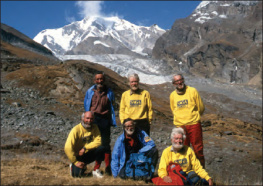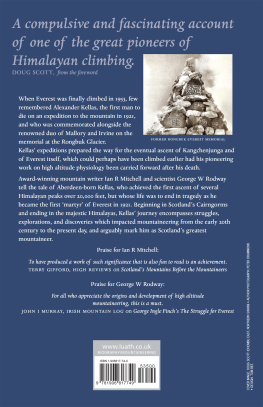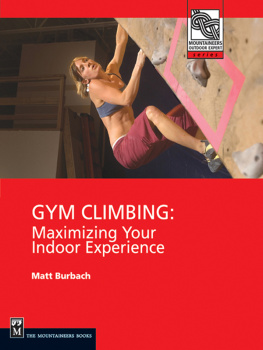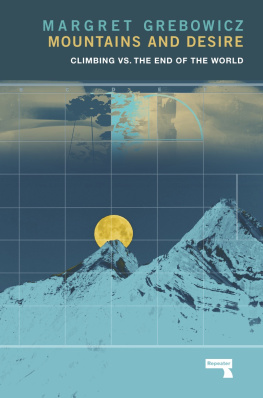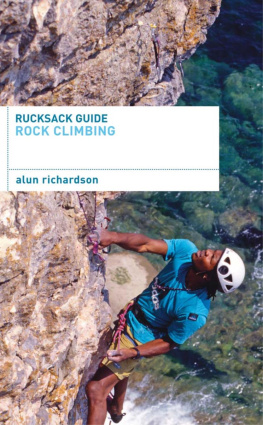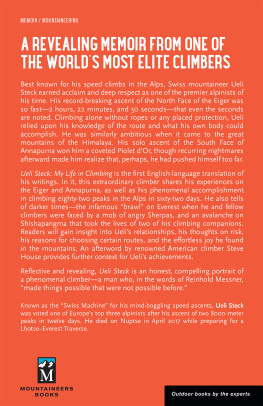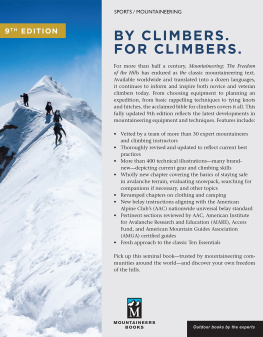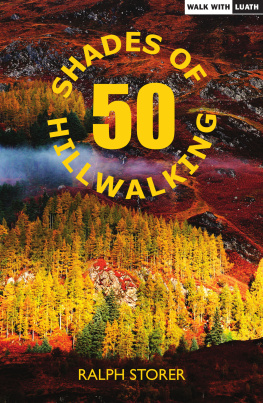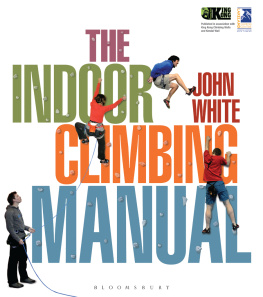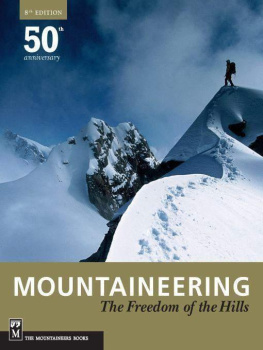



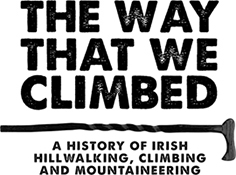
FIRST PUBLISHED IN PRINT FORMAT 2015 BY
The Collins Press
West Link Park
Doughcloyne
Wilton
Cork
Paddy OLeary 2015
Paddy OLeary has asserted his moral right to be identified as the authors of this work in accordance with the Copyright and Related Rights Act 2000.
All rights reserved. The material in this publication is protected by copyright law. Except as may be permitted by law, no part of the material may be reproduced (including by storage in a retrieval system) or transmitted in any form or by any means, adapted, rented or lent without the written permission of the copyright owners. Applications for permissions should be addressed to the publisher.
Paperback ISBN: 978-1-84889-242-2
PDF eBook ISBN: 978-1-84889-883-7
EPUB eBook ISBN: 978-1-84889-884-4
mobi ISBN: 978-1-84889-885-1
Typesetting of print edition by Patricia Hope
Cover design by Brendan OReilly
Cover photograph: Summit of Slieve Snaght, Derryveagh Mountains, County Donegal (Brendan OReilly)
I must express my thanks, and apportion some blame, to two of my friends, S O Hanlon and Gerry Galligan, who challenged me to research and write this history. I imagine that they were tired of listening to my complaints about the lack of a comprehensive history.
S gave invaluable advice and support throughout the research and writing process. The list of other people who so generously gave of their time to assist me is so long that it is simply not feasible to single out the specific contribution of any individual listed below. I was kindly allowed to interview some people; others wrote, emailed, phoned, advised me, proof-read chapters, lent me photographs or allowed me to quote from something they had written. Still others did a combination of some or all of those things and even did some research on my behalf. To all I am extremely grateful. I list them without distinction. If I have forgotten anyone I apologise and trust that their names appear in the text or can be seen in the reference notes. None of them is responsible for what I did with the material they gave me, or for my errors: Mike Barry, Jack Bergin, Bernagh Brims, Noel Brown, Gerry Cairns, Con Collins, Dave Coulter, Ricky Cowan, Aleck Crichton, Willie Cunningham, Pat Falvey, Robbie Fenlon, Trevor Fisher, John Forsythe, Bill Gregor, Noel and Nora Hall, Paul Harrington, Sam and Olive Hawkins, Elizabeth Healy, Howard Hebblethwaite, Kevin Higgins, Ken Higgs, Pat Holland, Emmett Goulding, Phil Gribbon, Lindsay Griffin, Tony Ingram, Tommy Irving, Matthew Jebb, Gareth Jones, Brian Kennedy, Anthony Latham, Jim Leonard, Sean Maguire, Pat McMahon, Ingrid Masterson, Con Moriarty, Norah and Brian Moorhead, Gerry Moss, Humphrey Murphy, Shay Nolan, Frank Nugent, Harry OBrien, Conor OConnor, Dnal Murch, Peter Owens, Orla Prendergast, Ken Price, Vera Quinlan, Bndicte Reau, Christy Rice, Niall Rice, Brian Rothery, Sean Rothery, Kevin Shelley, Clare Sheridan, Shay Sheridan, Peter Shortt, Bert Slader, Dermot Somers, Dawson Stelfox, Alan Tees, Calvin Torrans, Brendan Walsh, David Walsh, Sheila Willis, Sean Windrim and Steve Young.
This book is dedicated to all those Irish who have lost their lives in the hills, and to their families.
During a winter of the early twenty-first century, three elderly walkers descending from a snow-capped Lugnaquilla fought through the debris of a felled forest beside the waterfall in the Fraughan Rock Glen or the Baravore valley. The oldest of the three remembered when there was no forest here and marvelled, as he so often did these days, that he had lived through so many changes, outlived an entire ecosystem. Mountaineering and national history walked with them as they moved downhill. Up on their left was the gully climbed by Harold Johnson and also, almost a hundred years ago, by that bright young officer and Trinity professor, E. L. Julian. Near the extreme left of the crag was Great Gully Ridge put up by Kopczynski and Morrison in 1951. This oldest member had been on that latter route the previous year and had looked across a narrow gap at a nest of peregrine fledglings. Were those nestlings of the same lineage as the bird whose nest Julian had solicitously avoided before he went off to be killed in Gallipoli?
Further down, on a forest road, two weary young women and a lad came out of a side track and asked: How far is it now? As the drift of their query was sorted out it was realised that today was when the annual Art ONeill Walk was held on some charitable or commercial basis. These clueless unfortunates had, they claimed, been sent down this off-route way by them as indicated by a vague wave in the direction of Table Mountain. They gradually dropped behind as the older group guided them down. At a viewpoint on a bend in the track the head of Glenmalure came into view. Had Fiach McHugh OByrne watched near here 400 years ago when his clan routed the Lord Deputy and his troops as they came over the hill?
On reaching the valley floor, the tiny youth hostel was passed, housed in what was said to be the isolated hill-cottage which featured in Synges Shadow of the Glen. It had once been owned by Kathleen Lynn, feminist, benefactor of Dublins poor, medical officer to the Citizens Army during the 1916 Rising. Prominent political activists of the time, including amon de Valera, were reputed to have visited her here. A little further down was the field in which the oldest walker had camped on the day that Dev himself had come to open the new hostel. As the elderly 21st-century trio splashed across the ford to the big car park there was a hubbub: smiling, welcoming faces appeared and then turned away as they realised that these old people with their walking poles were not participants in this re-enactment of ONeills fateful escape from Dublin Castle. There were scores of onlookers here and a big tent with, presumably, soup and awards for those who had made it. No one seemed to be aware that it was still almost a two-hour walk to the fugitive princes true destination.
At the back of the car park, not far from a large granite boulder carved with the names of men from these valleys who had fought in the 1798 Rebellion, the three senior walkers removed their boots beside their waiting car. Cheers broke out for the three tired youngsters who had followed them down.

Of course, I was the old man of the three who had spent the day on Lug, the others being not too much younger. This was the car park at which I was surprised by the class of car parked there in the 1990s. Apart from the obvious contrast with the Art ONeill walk as described in the prologue, I was not on this occasion consciously thinking of all the changes which had affected mountaineers and the mountains in the intervening fifty years. However, as a matter of course, I was aware that the growth in outdoor recreation had brought a modicum of prosperity and jobs to some in this valley, to the thriving hotel down the road and nearby B&Bs. New homes had been built. I was aware that wellsurfaced roads and a motorway had brought Dublin closer. Conveniently situated beside the M50 which now encircles the capital there were several large outdoor stores and a new climbing wall, one of the countrys biggest. Other motorways now brought climbers and walkers on one-day trips to the Mournes or even Connemara and back.
Next page
